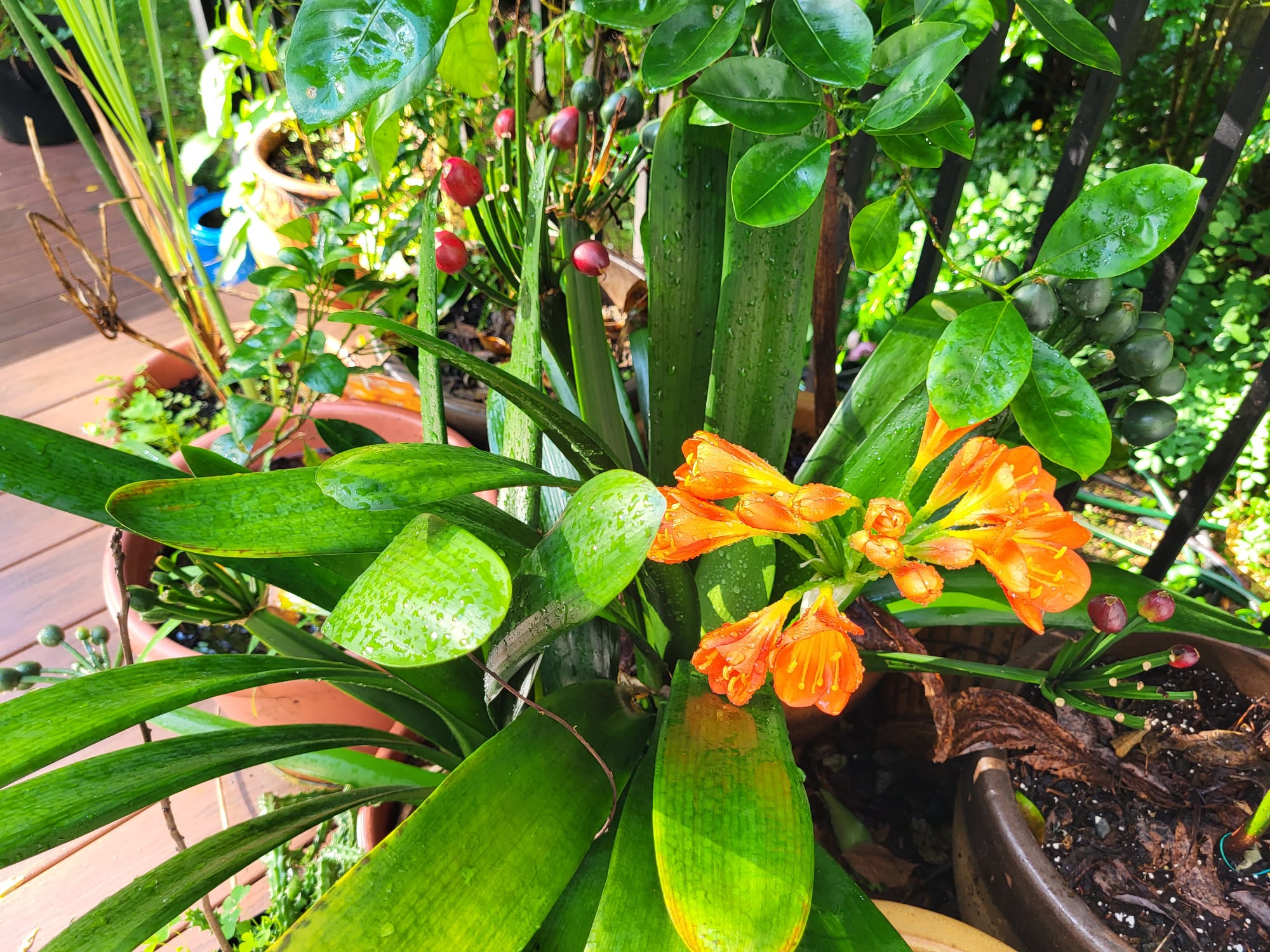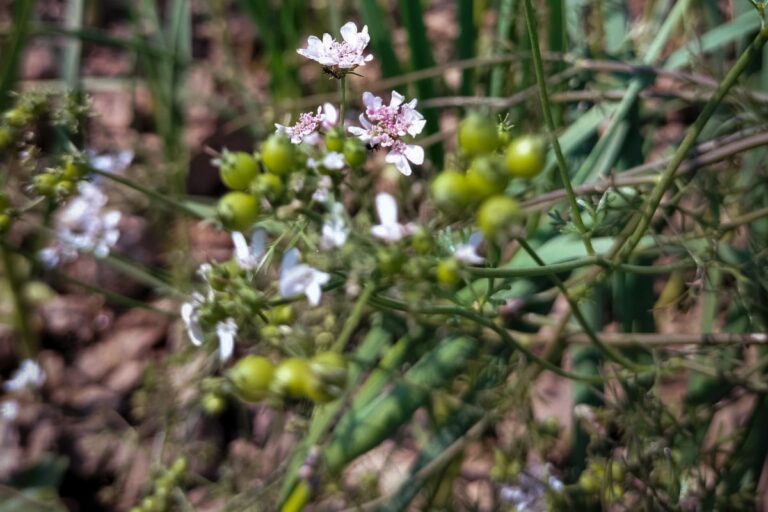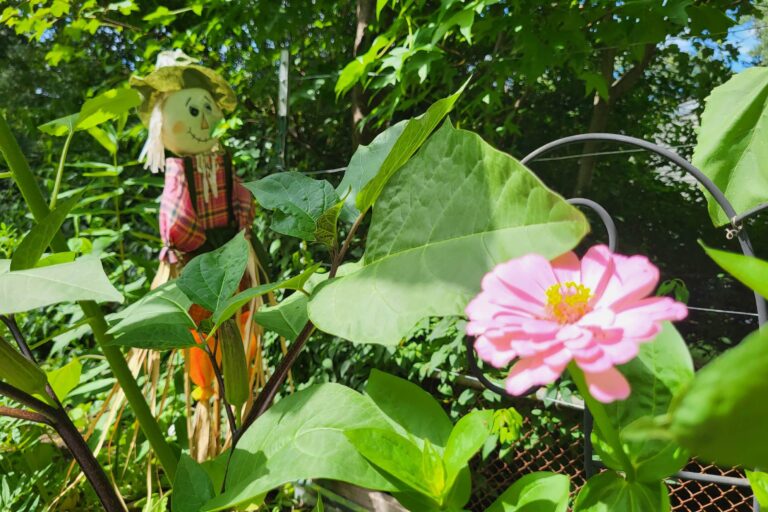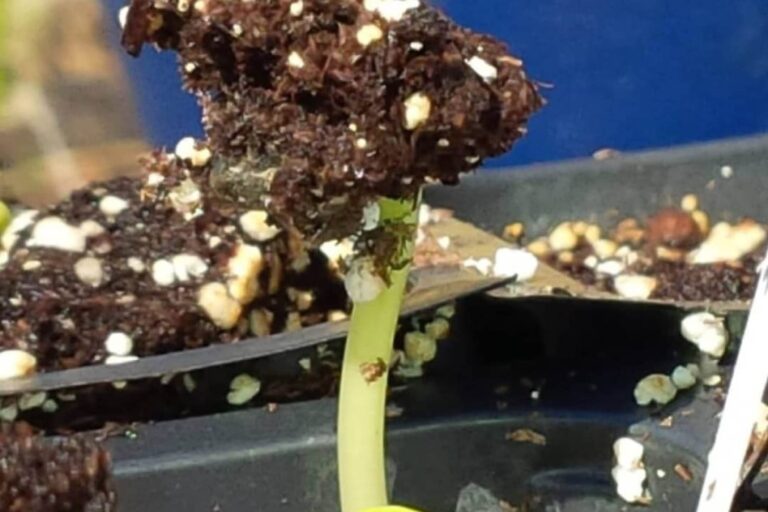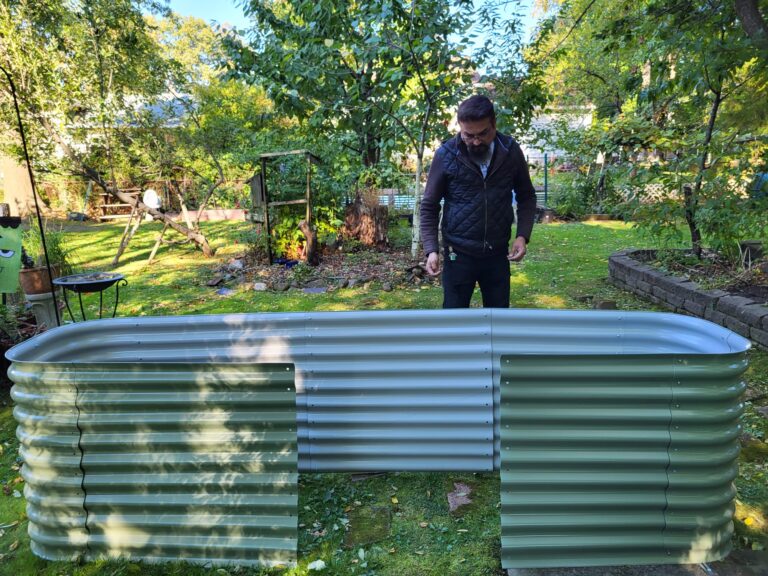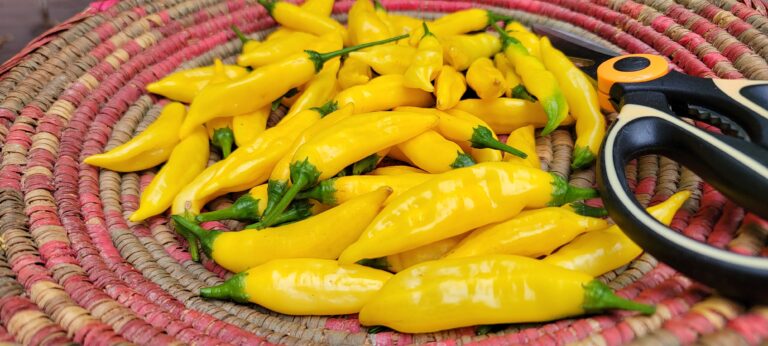Winter Planters: Brighten up Your Space in 10 Easy Steps
Introduction
While gardens naturally slow down during this season, winter planters offer an exciting opportunity to add color, texture, and interest to your outdoor space even during the coldest months. Winter brings short days, lower temperatures, and frequently bleak landscapes. With careful placement and a touch of ingenuity, winter containers may be transformed into vivid and eye-catching additions to porches, patios, and garden entrances. The following is a comprehensive reference on winter planters, including how to design, select, and maintain them to survive during winter months.
1. Understanding Winter Plant Growth
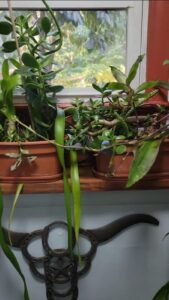
Most plants slow down or fall dormant during the winter due to limited sunlight and lower temperatures. Winter planters require cold-hardy plants that can withstand these temperatures without wilting. Recognizing plant dormancy patterns and frost resistance is essential for understanding how plants survive the winter. Some plants have evolved to withstand cold temperatures by reducing water content in their cells to prevent freezing damage, still others, such as evergreens, have waxy coatings that guard against moisture loss.
2. Choosing the Right Container
Your container selection is critical in winter since freezing and thawing cycles can weaken or shatter some materials. Here’s what to look for in the best winter-friendly planters:
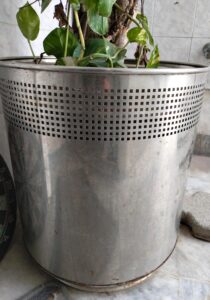
- Material: Containers made of resin, fiberglass, metal, or thick plastic are more resistant to cold weather than terracotta or thin ceramic, which can shatter during freeze-thaw cycles. Wooden containers perform well, especially when lined with a frost barrier
- Size and shape: Use larger planters with higher soil capacity to give root insulation. A deeper container also allows you to plant species with deeper roots, giving them a better chance of survival
- Drainage: Make sure your container has proper drainage to keep water from collecting and freezing near the roots. Frozen water can cause root damage, so check the drainage holes on a regular basis
3. Soil Considerations

Winter soil differs from summer soil because it must keep warmth and moisture while avoiding freezing damage. For winter planters, begin with high-quality potting soil and consider adding organic matter such as compost to increase drainage and aeration. Excess moisture in soil can freeze and cause root damage, so avoid it.
Adding mulch or pine bark to the soil surface provides additional insulation and helps preserve warmth and moisture. Mulch also reduces soil erosion caused by wind and rain, which is especially beneficial in containers where soil loss is faster than with in-ground plants.
4. Selecting Winter-Hardy Plants
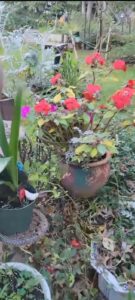
Plants that can withstand cold, frosty weather are the true stars of any winter planter. Using a combination of evergreen, hardy perennials, and cold-tolerant annuals results in an appealing arrangement that can weather the cold months. Here are some popular selections:
- Evergreens: Evergreen shrubs and small conifers such as dwarf spruce, juniper, and boxwood provide structure and texture to the arrangement. They’re durable, cold-resistant, and green all year
- Colorful Perennials: Winter-hardy perennials like heuchera (coral bells), hellebores (Lenten roses), and decorative grasses provide subtle color changes and endurance
- Cold-Hardy Annuals: Certain annuals, such as pansies, violas, and snapdragons, may tolerate light frosts and snow. They’re ideal for adding splashes of color to winter decorations
- Deciduous Shrubs with Decorative Stems: Dogwood and willow, with their vivid red or yellow stems, add contrast and visual appeal to an otherwise bleak season
5. Designing a Winter Planter
Winter planters are most successful when they incorporate a variety of textures, colors, and shapes to produce a visually appealing show. Consider these suggestions for creating an engaging winter container:

- Thrillers, Fillers, and Spillers: This timeless design approach can help you produce a well-balanced image. Thrillers are tall, dramatic plants that add height (such as dwarf conifers). Fillers are mid-sized plants that provide bulk and color (for example, pansies or coral bells), whereas spillers are trailing plants that soften the container’s edges
- Color contrast: While rich greens are common in winter planters, adding deep burgundy, icy blue, or vivid red can make the arrangement stand out. Consider planting plants with varied foliage colors to create color contrast
- Variety of Textures: Texture variety is important in winter planters because many plants will not blossom. To add visual interest, combine broad-leaved evergreens with spiky grasses or plants with distinct stem patterns
6. Adding Seasonal Accents
One of the pleasures of winter planters is adding decorative pieces that commemorate the season and add flair to your container. These accents can be entirely cosmetic and switched out as desired:
- Branches and Twigs: Red-twig dogwood, birch branches, and curly willow branches form distinct vertical lines. These features also contribute to the container’s inherent appeal and structural integrity
- Berries: Bright red or blue berries from winterberry holly and juniper provide color to your garden and attract birds
- Ornaments and Lights: Pinecones, imitation snowflakes, and even miniature ornaments add a festive Christmas touch to the planter. Battery-powered LED lights illuminate a winter planter, providing a pleasant warmth on dark evenings
7. Positioning and Exposure

The placement of your winter planter is critical for both aesthetic appeal and plant health. Here are some placement tips:
- Sheltered but Sunny: Placing the planter near a sunny south-facing wall will shield it from strong winds while increasing light exposure. Sunlight is restricted in the winter, so extra rays will help your plants stay healthy
- Wind Protection: Cold, dry winds can damage plants, causing moisture loss and desiccation. Place planters near walls or other windbreaks to avoid direct wind exposure
8. Watering and Maintenance
Watering is sometimes ignored during the winter, but it is still vital. While plants may not require as much water during the warmer months, they still require moisture to keep the soil moist. Here are some winter irrigation tips:
- Water When Temperatures Are Above Freezing: Choose moderate days to water so that water does not freeze at the roots. Watering in the morning allows the soil to absorb moisture before temperatures drop at night
- Check Soil Moisture Frequently: Because winter evaporation rates are low, you should check the soil moisture every few days and only water when the top inch of soil feels dry
- Prune Damaged Parts: Cold winter temperatures can damage the leaves and stems. Prune away any damaged areas to encourage the plant to focus its energy on healthy growth.
9. Preparing for Extreme Cold
Winter planters require special care in areas where temperatures consistently fall below freezing. If you are expecting extremely cold weather, here are some extra precautions:
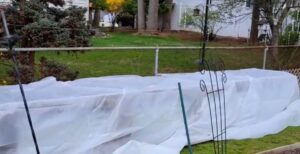
- Insulate the Container: Wrap the container with burlap or bubble wrap to provide insulation, or place it inside a bigger container packed with mulch for further protection
- Move Containers Indoors: If there is a particularly severe frost or snowstorm, consider temporarily storing pots in a garage or another covered area to decrease exposure
- Use Anti-Desiccant Sprays: These sprays assist in decreasing moisture loss in plants and are especially beneficial to evergreens, which can suffer from winter burns caused by dehydration.
10. Best Practices for Changing Seasons
As winter turns into spring, it’s time to refill your pots. Could you evaluate each plant’s status and replace any that did not survive the winter? Most winter plants, such as evergreens and cold-hardy perennials, may transition nicely into early spring, providing a backdrop for new blossoms. Taking the effort to design and care for winter planters will result in a beautiful, resilient, and dynamic container garden that stands out during the winter.
Whether freshening up your entryway or bringing life to a balcony, winter planters provide a burst of color and vibrancy that defies the cold weather. Accept the delight of winter gardening and let your containers turn the colder months into a source of constant beauty and inspiration.
Happy winters!

